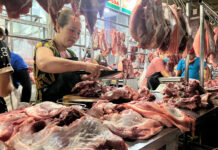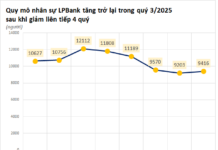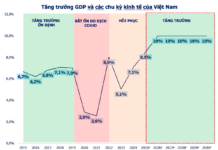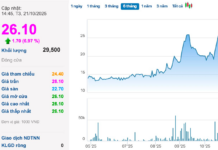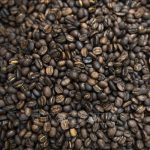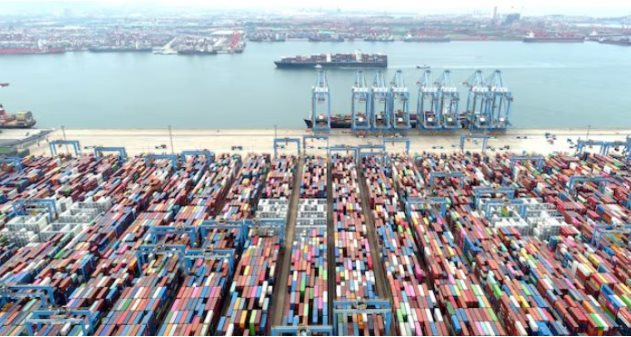Researchers from the National Oceanic and Atmospheric Administration (NOAA) have discovered that the rapid decline of snow crab (Chionoecetes opilio) populations in the Bering Sea is a direct consequence of human-induced climate change. This has transformed the ecosystem from frigid Arctic conditions to sub-Arctic ones in the southeastern region of the sea. Snow crabs, being a cold-adapted species, have struggled as their habitat undergoes borealization—a shift from Arctic to boreal conditions typically seen in northern coniferous forest regions.
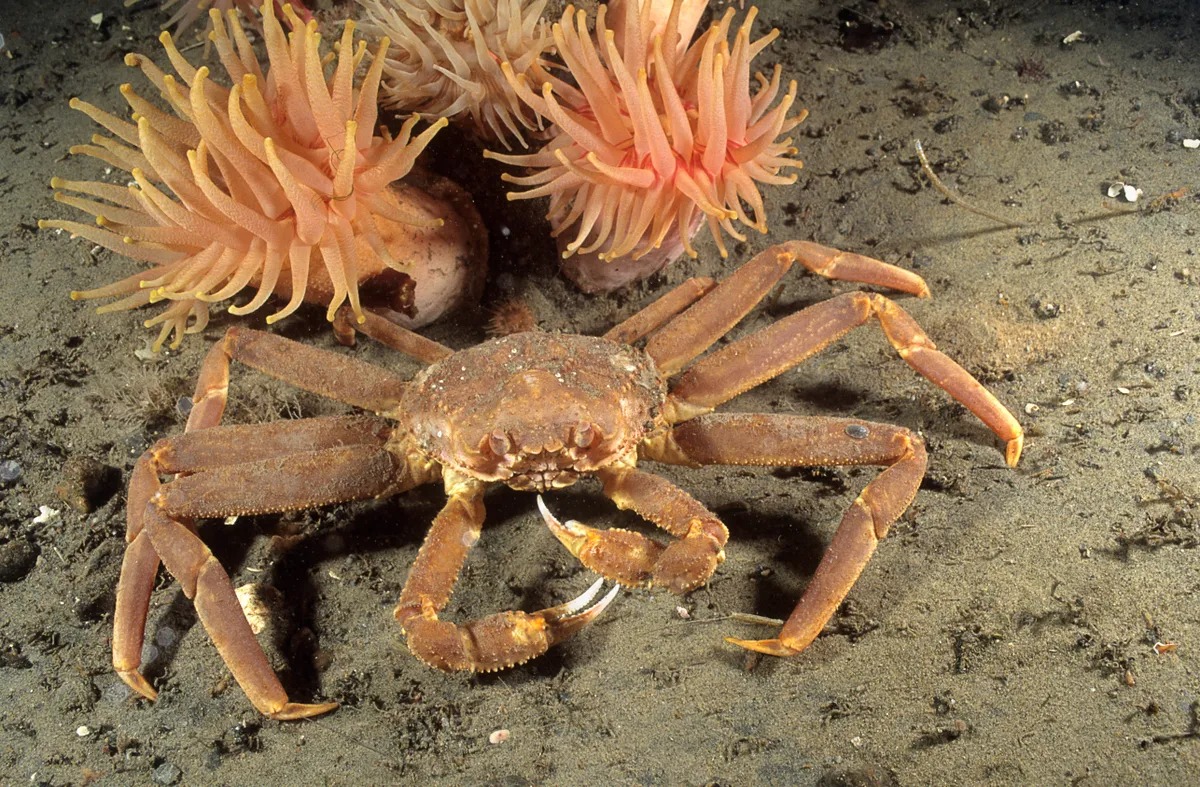
The snow crab (Chionoecetes opilio) is a commercially valuable species found primarily in Arctic oceans and other cold waters worldwide.
Young snow crabs typically mature in “cold pools”—water pockets below 2°C (35.6°F) that form at the sea floor due to melting sea ice. These pools act as a protective barrier against predators, allowing the young crabs to develop safely.
However, these cold pools are rapidly shrinking due to warming sea temperatures, putting immense pressure on the crab population. The reduction in cold pools leaves young crabs without a refuge, making them easy targets for predators such as Pacific cod. This key predator has increased in number as the environment has warmed.
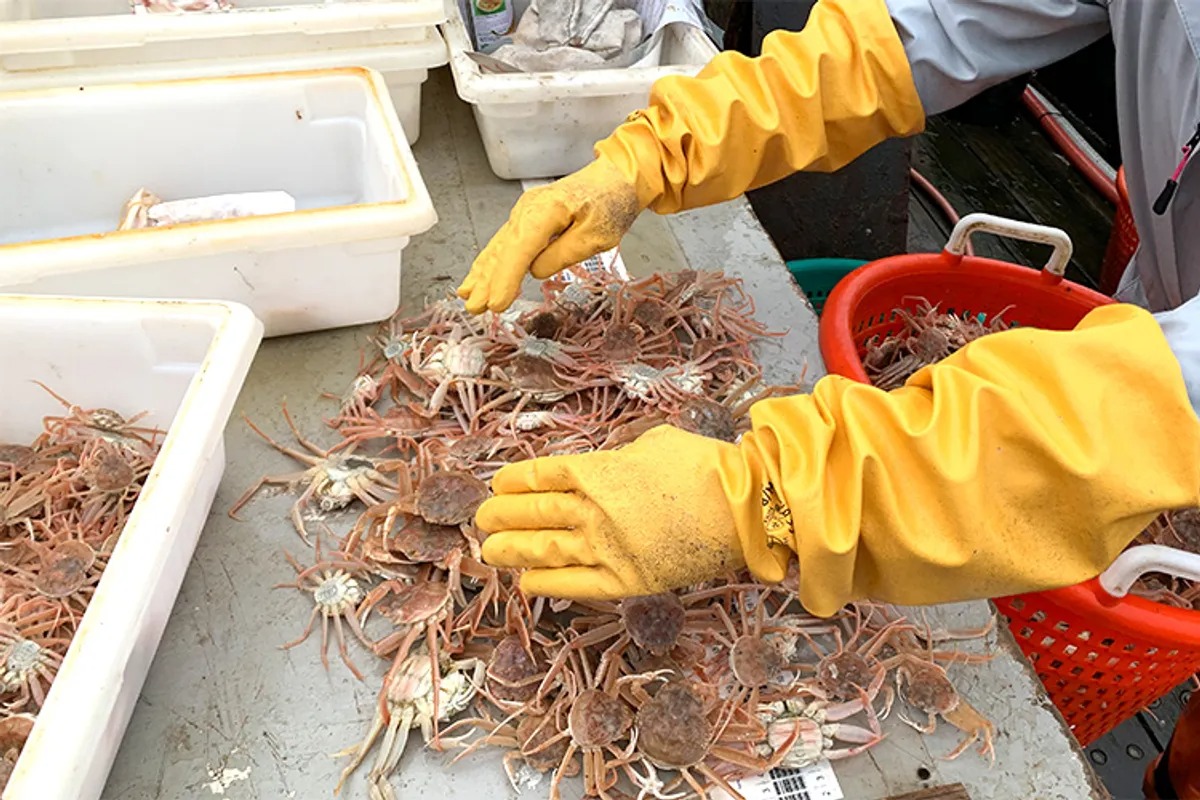
Snow crabs are adapted to cold, deep waters and are typically found at depths ranging from a few meters to several hundred meters. They have hard shells, usually reddish or dark brown on top and white underneath. Their long, slender legs enable easy movement through their habitat.
“What is particularly striking,” says Mike Litzow, lead author of the study and director of the Kodiak Laboratory at the Alaska Fisheries Science Center, “is that the northern climate conditions associated with the snow crab decline are over 200 times more likely to occur under current climate conditions (1–1.5°C of warming) than pre-industrial ones.”
Global warming not only affects sea water temperatures but also alters the ecological structure of Arctic ecosystems. The researchers note that the Arctic conditions favorable for snow crab growth in the Bering Sea will continue to decline in the near future. This decline was starkly evident in a study last year, which showed that snow crab numbers had plummeted following a series of marine heatwaves from 2018 to 2021.
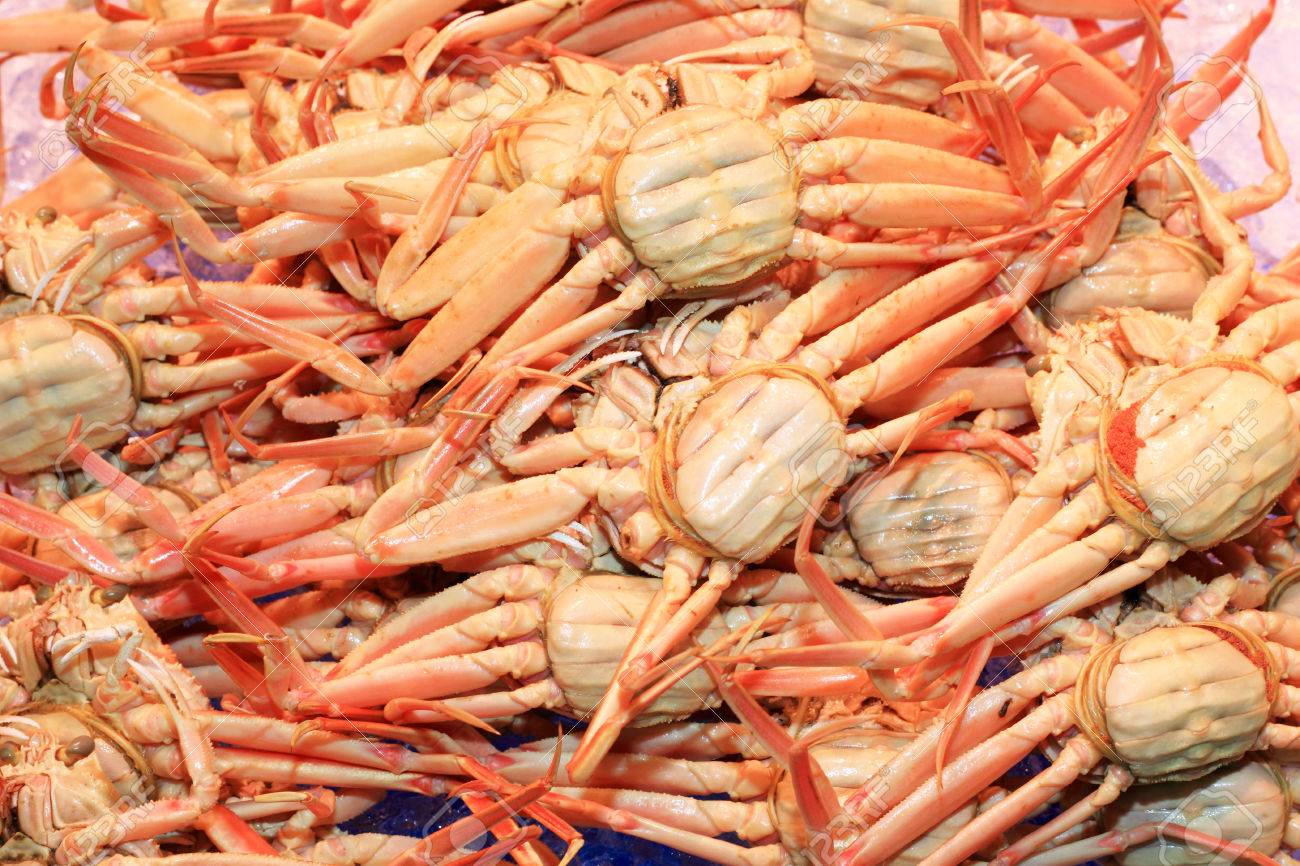
Snow crabs are omnivorous, feeding mainly on small animals such as plankton, sea cucumbers, and other crustaceans. They have a complex reproductive process, with females carrying eggs for an extended period before they hatch.
The new study also confirms that the sharp decline in snow crab populations is closely linked to higher summer temperatures near the sea floor, a clear indication that crucial cold pools are shrinking.
Additionally, the increase in predators like Pacific cod and the outbreak of bitter crab disease, both of which respond positively to warming ocean temperatures, further compound the pressure on the snow crab population.
While snow crabs are not being “cooked alive,” the warming can affect their metabolism. Laboratory experiments show that young snow crabs can survive temperatures up to 8°C (46.4°F). However, such temperature changes have complex ecological impacts, making it challenging for snow crabs to thrive.
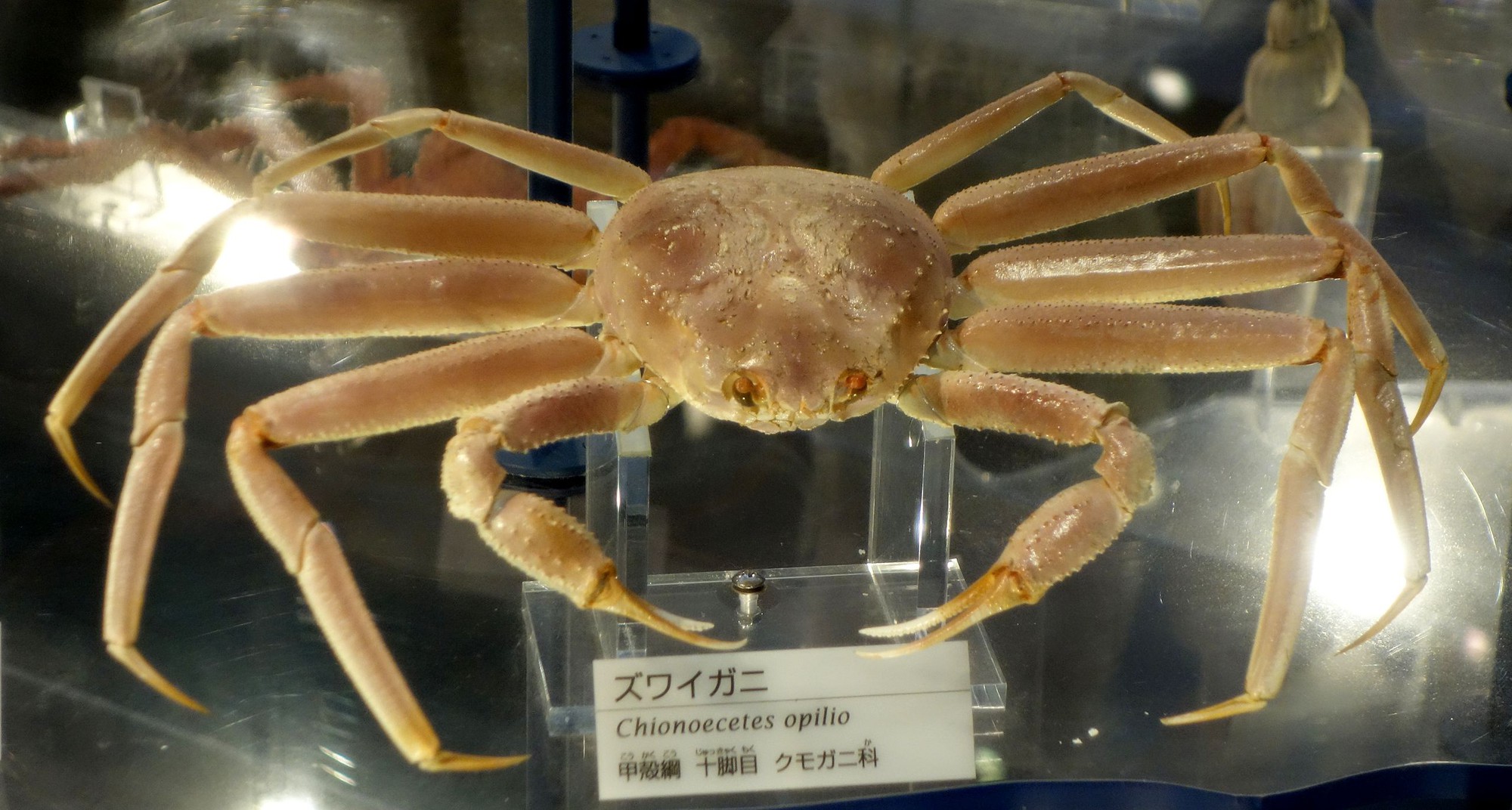
Snow crabs are used in a variety of dishes, from simple preparations like steaming and boiling to more elaborate dishes like soups and salads. Snow crab meat is also used in processed foods such as crab cakes and buns.
Litzow warns that the combination of multiple factors is the primary driver of the snow crab collapse. “All of these factors are a result of human-induced climate change since the start of the Industrial Revolution in the early 1900s,” he adds. “They indicate a wholesale shift to northern climate conditions in the southeastern Bering Sea during these warm years.”
The findings of this study, published in Nature Climate Change, contribute to the global discussion on the impacts of climate change on marine life. The Alaska snow crab is at risk of extinction if measures are not taken to mitigate climate change and protect the Arctic ecosystem. This calls for attention and action not only from scientists but also policymakers and the global community.
Hydrogen-powered cars outshine electric vehicles, but the truth is disappointing: A major player hastily retreats, shutting down a series of refueling stations.
A series of hydrocharging stations in the capital city of California (USA) have recently been shut down.

